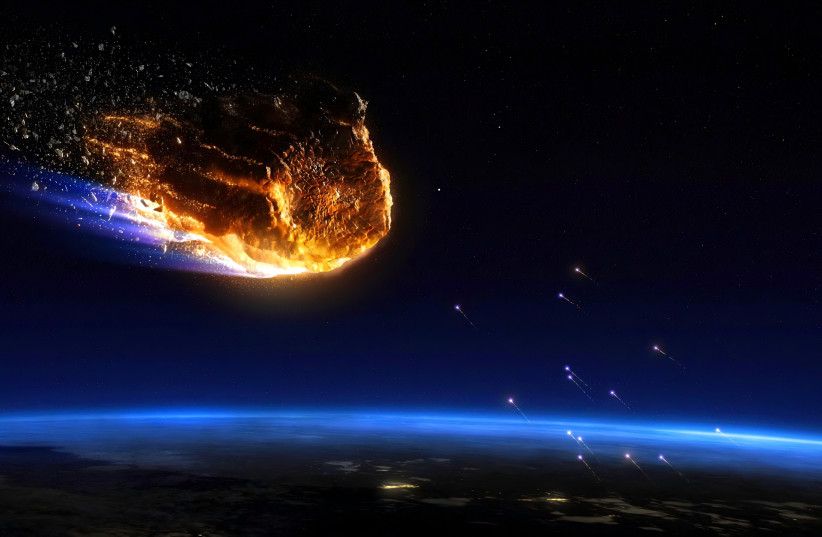
A constellation of more than 20 massive radar antennas will be used to gather data on potential rock-borne threats.
An array of more than 20 massive radar antennae has begun construction at a renowned Chinese university to track asteroids that could be damaging to Earth.
It’s called China Fuyan (or “composite eye”), and the Beijing Institute of Technology is leading it. Asteroids within 93 million miles (150 million kilometres) of Earth (about as far as the sun) will be imaged and tracked by this array in order to calculate the likelihood of an impact on our planet by bouncing signals.
Only two antennae have been built in Chongqing, southern China. According to Science and Technology Daily, which originally reported the development, the pair is scheduled to be tested and operating by September.
Each of the antennas in the final system will measure between 82 and 98 feet in diameter (25 to 30 meters). Reports in Chinese media indicate that the system will be the world’s farthest-reaching radar system, however there are little specifics available, such as the wavelengths at which it will be used
Beijing Institute of Technology President Long Teng told Beijing news outlet Global Times(opens in new tab) that the project will address China’s requirements for near-Earth defence and space sensing capability, as well as cutting-edge studies on asteroids’ creation. Satellites and debris in Earth’s orbit might be tracked using the technology.
Asteroid deflection test missions will be launched in the next few years by the China National Space Administration, as previously reported by Space.com, as part of the country’s planetary defence strategy.
Ground-based radar may be one of humanity’s strongest weapons against asteroids, according to a recent decadal review by the National Academies of Sciences, Engineering, and Medicine in the United States.